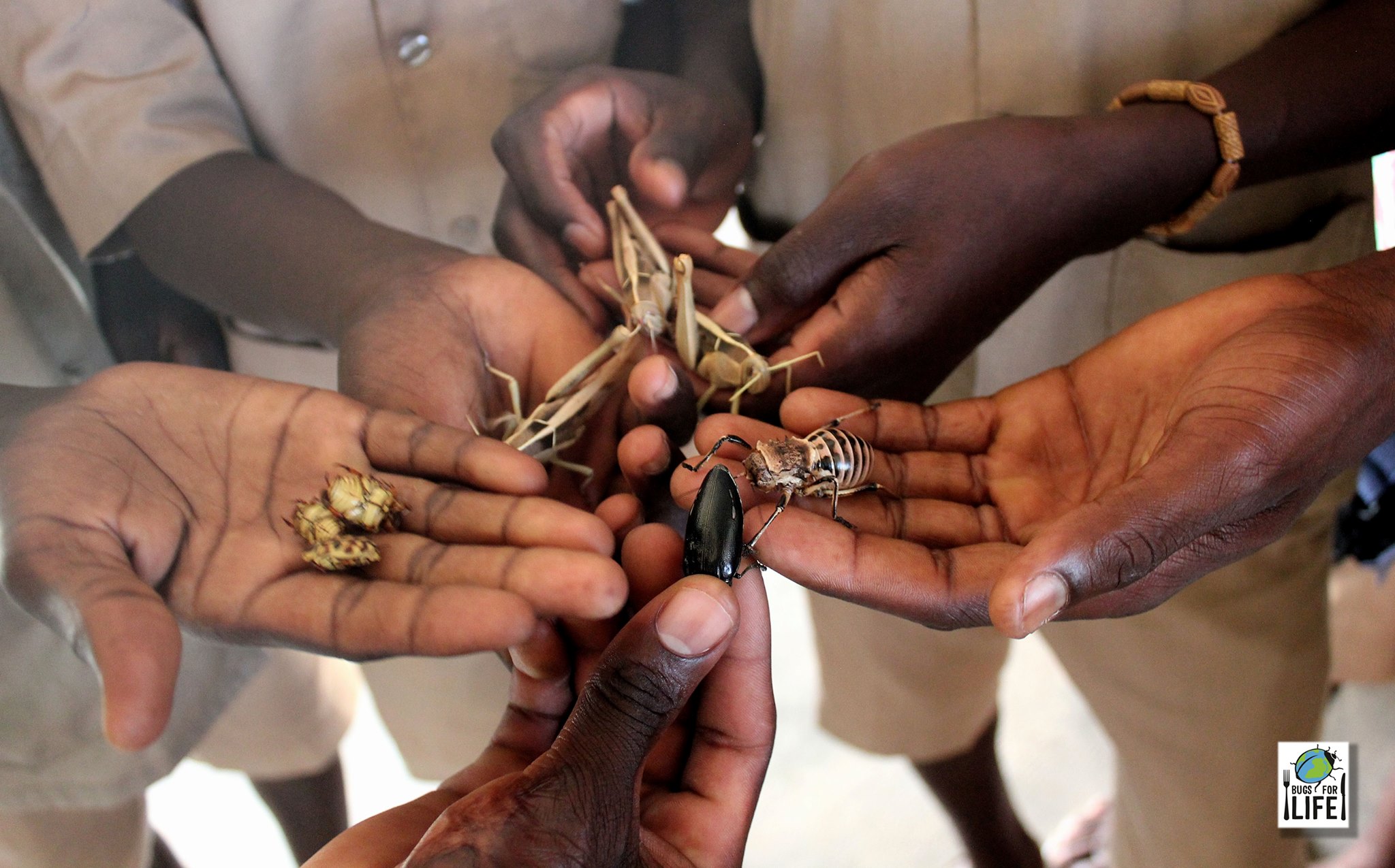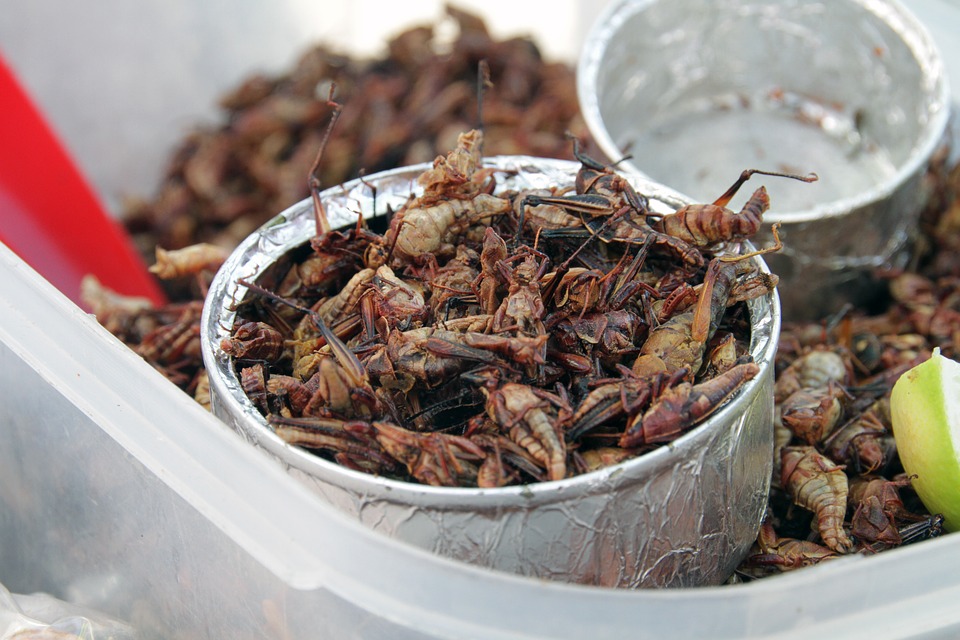Kathrin Demmler, Research Associate at Imperial College London and Malabo Montpellier PanelKathrin Demmler, discusses the potential for insects as a sustainable and nutritious protein source.
The practice of entomophagy – or eating insects – is (re)gaining ground as an alternative protein source to meet today’s food and nutritional challenges.
Proteins play an important part in human diets. A recommended adequate intake of protein for adults is about 56 grams per day for an individual weighing 70 kilograms. But the quantity of protein is just as important as its quality, with animal source protein providing a higher quality of protein than most plant-based sources.
However, animal source foods tend to have the highest environmental impacts per serving, including greenhouse gas (GHG) emissions and intensive energy and land use. Furthermore, the consumption of beef, pork, or lamb is associated with increased mortality and cardiovascular diseases. Therefore, the EAT-Lancet Commission suggests a mixed consumption of animal and plant-based proteins, limiting the intake of animal source foods to 40 grams per person, per day.
Worldwide protein consumption
Protein consumption in low income countries is on average only 50 grams per person, per day, substantially lower when compared to industrialized countries.
Furthermore, in high income countries, animal source protein makes up to about two thirds of the total protein consumed, whereas the share of animal source protein consumed in low income countries is only about one third.
Hence why in many developing regions, including numerous African countries, the protein consumption is far from adequate, leading to malnutrition and severe health consequences.

Source: Bugs for Life.
In regions where undernutrition is still widespread, the addition of meat or other animal protein sources is likely to mitigate (micro)nutrient deficiencies. Therefore, generic recommendations on limiting the amount of animal source foods are not made for all regions worldwide. Instead, protein sources for healthy living and sustainable food systems should be carefully examined and adjusted depending on the local and regional context.
In fact, sub-Saharan Africa faces a declining trend in animal source proteins with a predicted decrease of 13 grams per person per day, by 2050. The priority for most African countries therefore remains increasing the amount and quality of proteins and other nutrients in people’s diets while establishing a sustainable food system.
Since meat is often not available or affordable, especially in rural areas, an increase in animal source proteins can be difficult to achieve. Eating insects could therefore be a high-quality protein supplement. While insects have been part, and are actually delicacies, of many traditional diets all over Africa and Asia, they are currently being (re)discovered as an alternative high-quality protein source worldwide.
Eating insects as a protein supplement
The nutritional contents of insects vary. Some insects, like the mealworm, provide comparable amounts of proteins, vitamins and minerals to that of meat. Hence, many insects provide a healthy and nutritious alternative to mainstream animal products like chicken, pork, beef and fish.
In addition, insects are also great from an environmental perspective. They produce considerably lower ammonia and GHG emissions than livestock, as methane is only produced by a few insect species. Insects are also relatively easy to breed. They do not require land clearing and the land and water used to produce 1 kilograms of insects is on average about 70-85 per cent lower than for beef.

Insects also provide a much higher efficiency in converting feed into protein. For example, crickets require up to 12 times less fodder than cattle to produce the same amount of protein. Some researchers suggest that insects can be fed on organic waste and that they are generally eaten complete. So, they produce less food waste than other conventional livestock of which only 40 per cent is normally used for human consumption.
Insects could also provide an economic benefit. Since the breeding and harvesting of insects requires little equipment and capital, it could offer employment and a source of extra income. This is especially true for those in low- and middle-income countries, including African smallholder farmers, women and the landless.
As fodder for cattle and livestock becomes increasingly expensive, insects could also be used as an alternative feedstock, helping livestock farmers to secure their income.
Wild insects have been eaten for long time in African countries. Yet, in order to promote and expand insect eating whilst respecting the local ecosystem, the FAO report on edible insects recommends developing procedures for small-scale farming of insects, such as kits for home-use, so that people can easily start their own insect farms.
Support from the public sector will be urgently needed, making equipment available, providing training on insect farming, cooking and preserving techniques and setting up risk guidelines as well as sanitary standards. Research is needed to evaluate health benefits for consumers and assess possible risks of toxic substances, allergies and feed.
As argued by FAO, edible insects should be considered as food staples or supplements in order to establish sustainable diets worldwide. This is particularly true for African countries, in which they can provide a source of sustainable income while fighting malnutrition and increasing food security.



